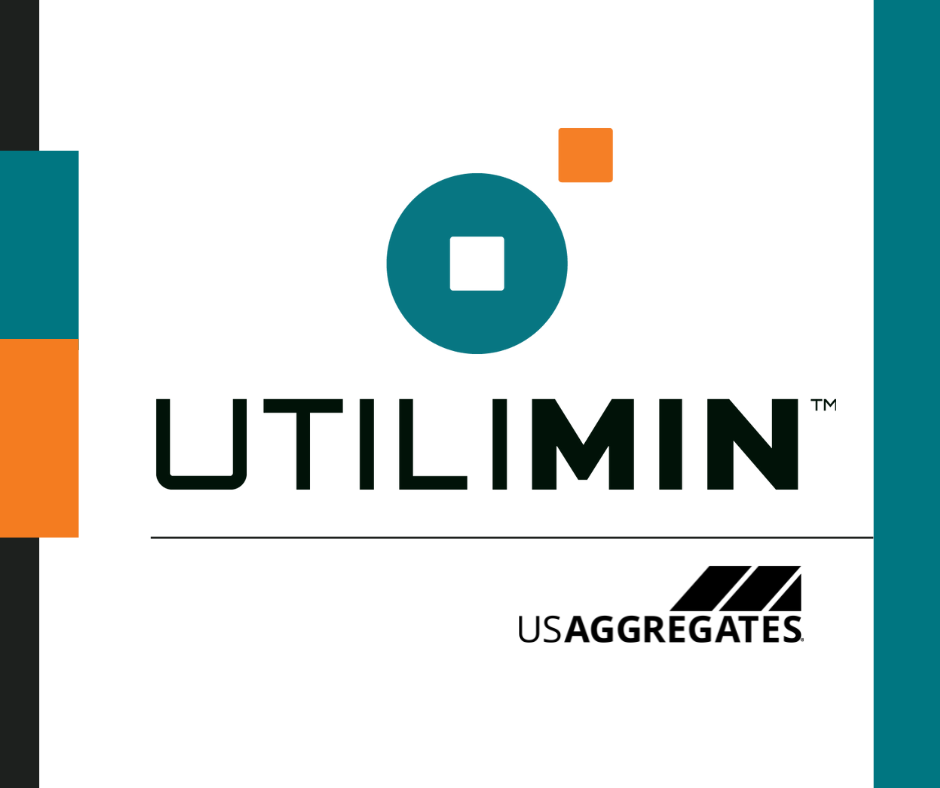US Aggregates Adopts Digital Thermal Cameras for Enhanced Efficiency and Safety
Wednesday, August 9th, 2023

Gone are the days of relying solely on manual inspections and reactive maintenance strategies. US Aggregates (US Agg) has recently integrated digital thermal imaging camera technology into its maintenance practices, optimizing the way potential issues are detected and addressed across its plants. This proactive approach to maintenance allows US Agg to tackle problems before they escalate into major disruptions, saving both time and resources.
The deployment of thermal imaging cameras represents an investment in preventing downtime and increasing overall cost savings. By identifying areas with heightened temperatures or irregular heat patterns, US Agg can address potential equipment malfunctions, wear and tear, and impending failures before they become larger issues. This foresight ensures smoother operations, less downtime, and minimizes the need for costly emergency repairs.
Operations Performance Manager Ken Bachorski has been using a thermal imaging camera on his own during Plant Inspections, and realized it was a practice each of our sites could implement.
“It’s all part of continuous improvement and following along with technology moving forward,” Ken said. “Let’s turn a potential failure into a very short repair that we can fix and be back up and running rather than suffer through that run-to-failure scenario.”
Beyond looking for potential hotspots in equipment, the cameras will be used to gather and record data of ambient temperatures for machinery across US Agg. This data will serve as a baseline to compare future data against to look for trends or patterns that arise.
Project Manager Ayron Gors has worked with Ken on this effort. Ayron’s first project with US Agg has been deploying cameras across all plant sites, while also working on a form for plant managers to fill out and report their findings. The information gathered will include what the problem identified was, how close the problem could be to fail, how much time was saved by catching the problem early on, and more.
While the initial strategy was to find anomalies throughout the plant, the team has already discovered new ways to get the most out of the equipment.
“The scope of the use has expanded quite a bit beyond just the original intent,” Ayron said.
Another way plant managers are able to use the cameras to improve efficiency is by looking for cold spots around windows or doors where heat and energy may be escaping inside during the cold months.
Ken added that there is a safety component to the cameras as well.
“One of the uses for that camera is electrical components, things that aren’t necessarily moving components,” Ken said. “If you’re starting to get hot spots inside your electrical boxes, these will show and then we can get somebody in there to check on it before it becomes a fire hazard.”
With these thermal imaging cameras, US Aggregates not only secures its operational reliability but also underscores its dedication to environmental stewardship, energy efficiency, and employee well-being.
Chase Akins, Ken Bachorski, and Ayron Gors contributed to this article.





